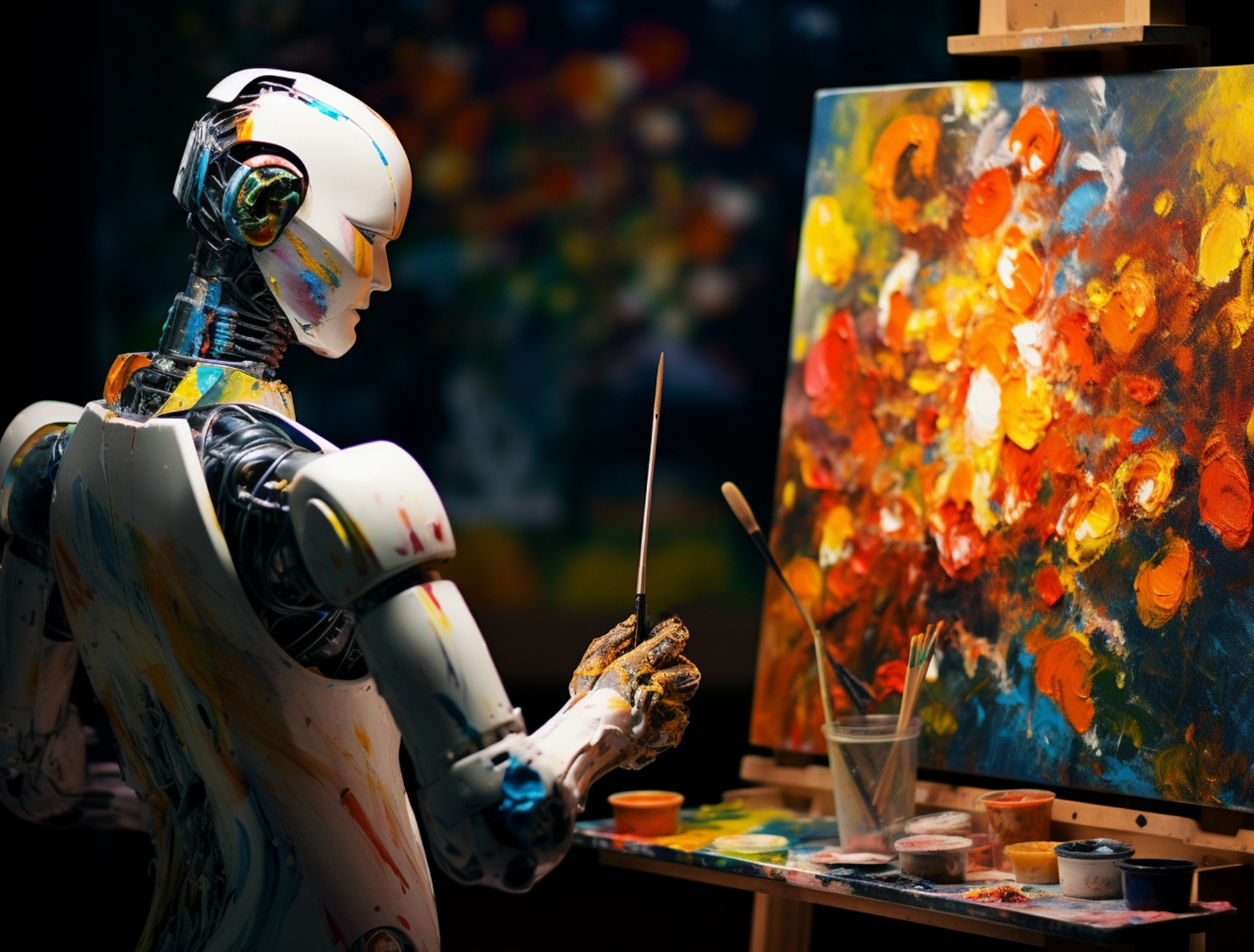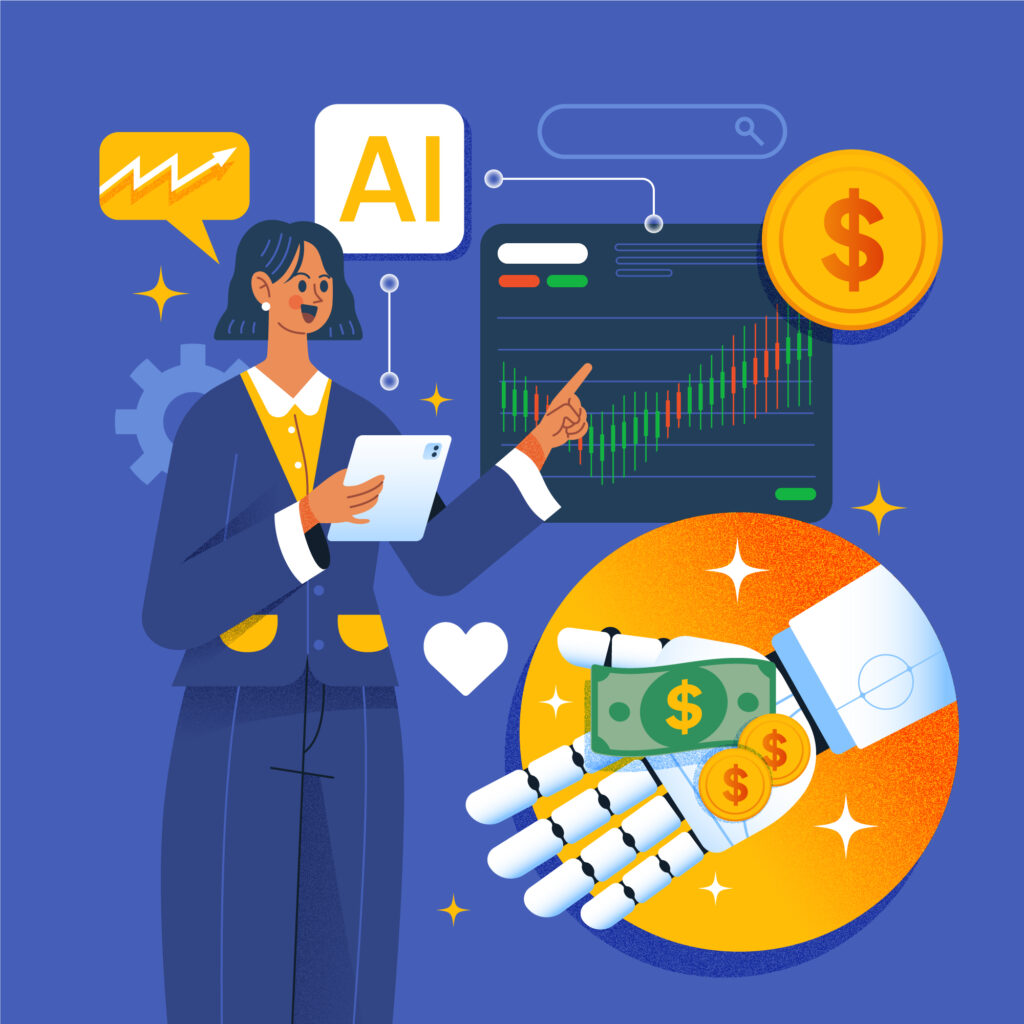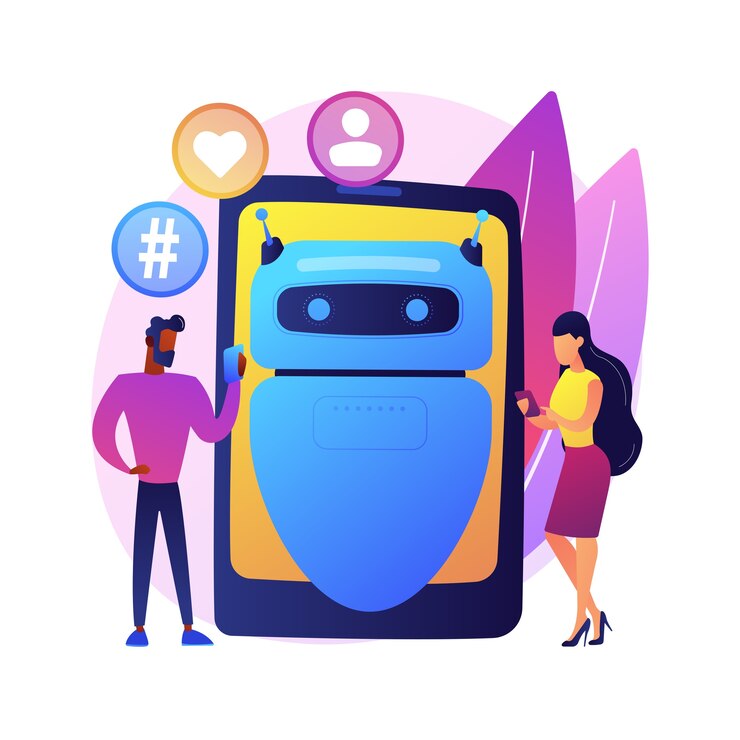In today’s dynamic digital landscape, the convergence of art and technology is reshaping the creative sphere in unprecedented ways. At the forefront of this revolution is artificial intelligence (AI), a powerful tool that is transforming how we conceive, create, and engage with art. In this in-depth exploration, we delve into the multifaceted relationship between AI and creativity, uncovering its profound implications, benefits, and future prospects.
Understanding Artificial Intelligence in Creative Endeavors
Artificial intelligence, often abbreviated as AI, encompasses a range of technologies that enable machines to simulate human intelligence processes. In the realm of creativity, AI algorithms are trained on vast datasets of artistic content, including paintings, music compositions, literature, and more. Through techniques such as machine learning and neural networks, these algorithms analyze patterns, learn stylistic nuances, and generate content autonomously.
AI in Art Generation: From Imitation to Innovation
One of the most intriguing applications of AI in the creative domain is its ability to generate art independently. AI systems can analyze existing artworks and produce new pieces that emulate various styles, genres, and themes. For instance, researchers have developed AI algorithms capable of generating paintings in the style of renowned artists like Van Gogh and Picasso, sparking debates about the nature of creativity and the role of technology in artistic expression.
Beyond imitation, AI also fosters innovation by serving as a catalyst for experimentation and exploration. Artists and designers leverage AI algorithms to generate novel ideas, explore unconventional techniques, and push the boundaries of traditional artistic practices. Through collaboration with AI, creators can discover new artistic possibilities and challenge preconceived notions of what constitutes art.
AI as a Creative Tool for Artists
In addition to autonomous art generation, AI serves as a valuable tool for artists seeking to enhance their creative processes. By harnessing the computational power of AI, artists can streamline repetitive tasks, generate preliminary sketches, and experiment with different visual styles. AI-powered tools like generative adversarial networks (GANs) and style transfer algorithms enable artists to remix and reinterpret existing artworks, fostering a culture of collaboration and collective creativity.
Moreover, AI facilitates interdisciplinary collaboration between artists and technologists, leading to the emergence of new forms of expression and artistic experimentation. For example, AI-driven installations blend interactive technology with traditional artistic mediums, creating immersive experiences that engage audiences in novel ways. These collaborative efforts underscore the transformative potential of AI in fostering cross-disciplinary dialogue and innovation.
Advantages and Benefits of AI in Creativity
The integration of AI in creative endeavors offers numerous advantages and benefits that enhance the artistic process and expand the possibilities of artistic expression:
- Efficiency and Productivity: AI-powered tools streamline labor-intensive tasks, allowing artists to focus on creative exploration and experimentation. By automating repetitive processes such as image editing or music composition, AI enables artists to work more efficiently and produce higher-quality results in less time.
- Access to Advanced Techniques: AI algorithms enable artists to explore advanced techniques and styles that may have been previously inaccessible. Through AI-driven simulations and generative models, artists can experiment with complex visual effects, explore abstract concepts, and push the boundaries of traditional artistic mediums.
- Inspiration and Creative Exploration: AI algorithms generate novel ideas and inspiration, sparking creative exploration and innovation. By analyzing vast datasets of artistic content, AI can identify patterns, trends, and themes that inspire artists to explore new directions and approaches in their work.
- Enhanced Collaboration and Interactivity: AI-driven technologies facilitate collaboration between artists, technologists, and audiences, fostering interactive and immersive experiences. From interactive installations to AI-generated music performances, these collaborative efforts engage audiences in participatory and transformative artistic experiences.
- Democratization of Artistic Tools: AI democratizes access to artistic tools and resources, empowering creators from diverse backgrounds to participate in the global creative discourse. By providing affordable and accessible AI-driven tools, platforms, and resources, AI enables artists to unleash their creative potential and share their unique perspectives with the world.
Challenges and Ethical Considerations
Despite its transformative potential, the integration of AI in creativity presents challenges and ethical considerations that warrant careful consideration. Chief among these concerns is the issue of authenticity and authorship in AI-generated art. As algorithms become increasingly proficient at mimicking human creativity, questions arise about the role of the artist and the extent to which AI should be credited as a co-creator.
Furthermore, there are concerns about bias and representation in AI-generated content, as algorithms may perpetuate existing cultural stereotypes and inequities present in the training data. Additionally, the commercialization of AI-generated art raises questions about ownership rights, revenue distribution, and the commodification of creativity.
The Future of AI and Creativity
Looking ahead, the future of AI and creativity is brimming with possibilities. As AI technology continues to evolve, we can anticipate even more innovative applications in art and design. From AI-generated music compositions to immersive virtual reality experiences, the boundaries of artistic expression are expanding in exciting ways.
Moreover, AI-driven creativity is democratizing access to artistic tools and resources, empowering creators from diverse backgrounds to participate in the global creative discourse. By leveraging AI responsibly and ethically, we can foster a culture of inclusion, diversity, and innovation in the creative industries.
In conclusion, the intersection of AI and creativity represents a dynamic frontier in the evolving landscape of art and technology. As we navigate this terrain, it is essential to approach AI-driven creativity with mindfulness and ethical awareness, ensuring that technology serves as a catalyst for positive change and meaningful expression. By embracing innovation responsibly, we can unlock new possibilities for artistic exploration and inspire transformative experiences for generations to come.



